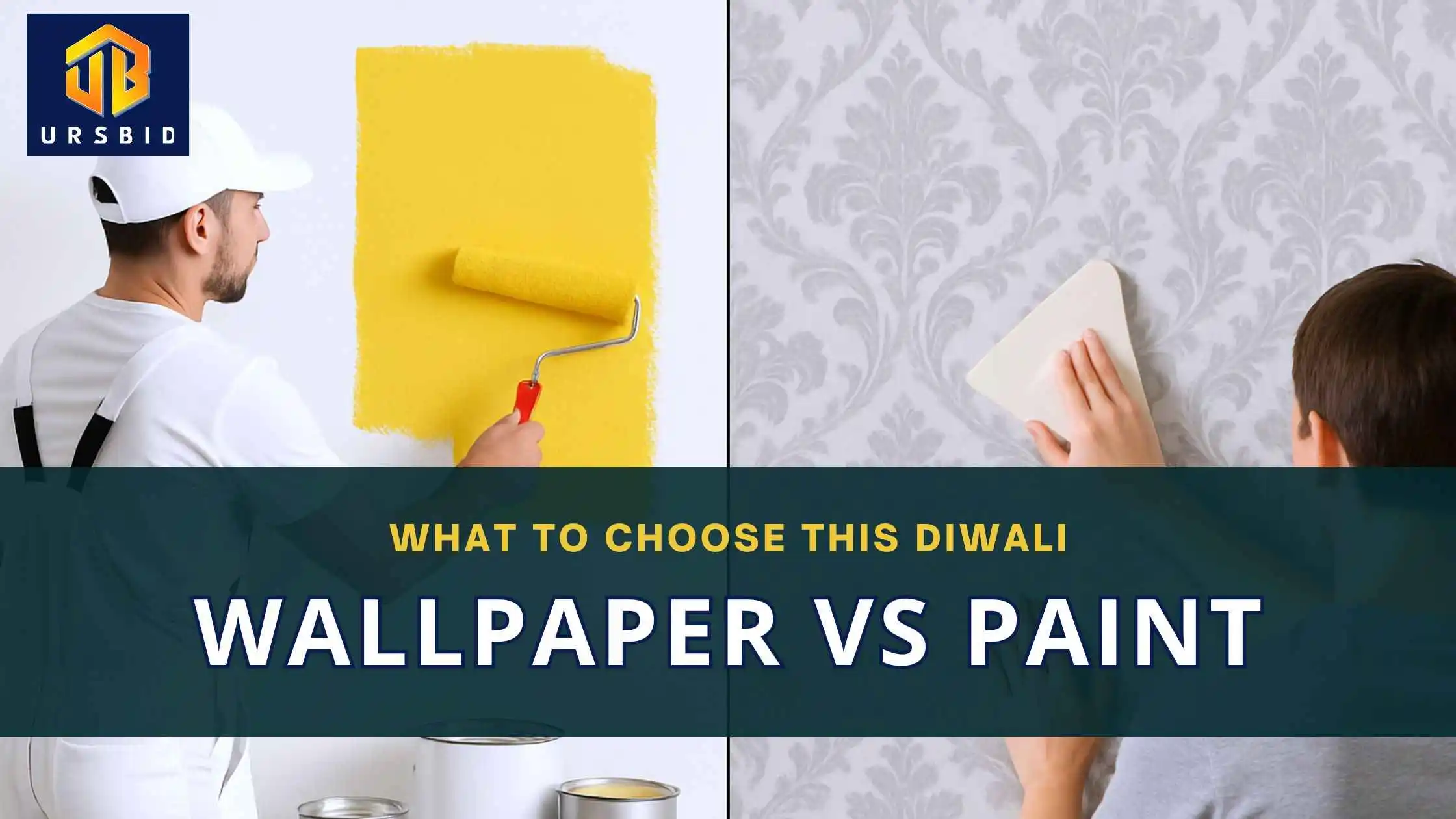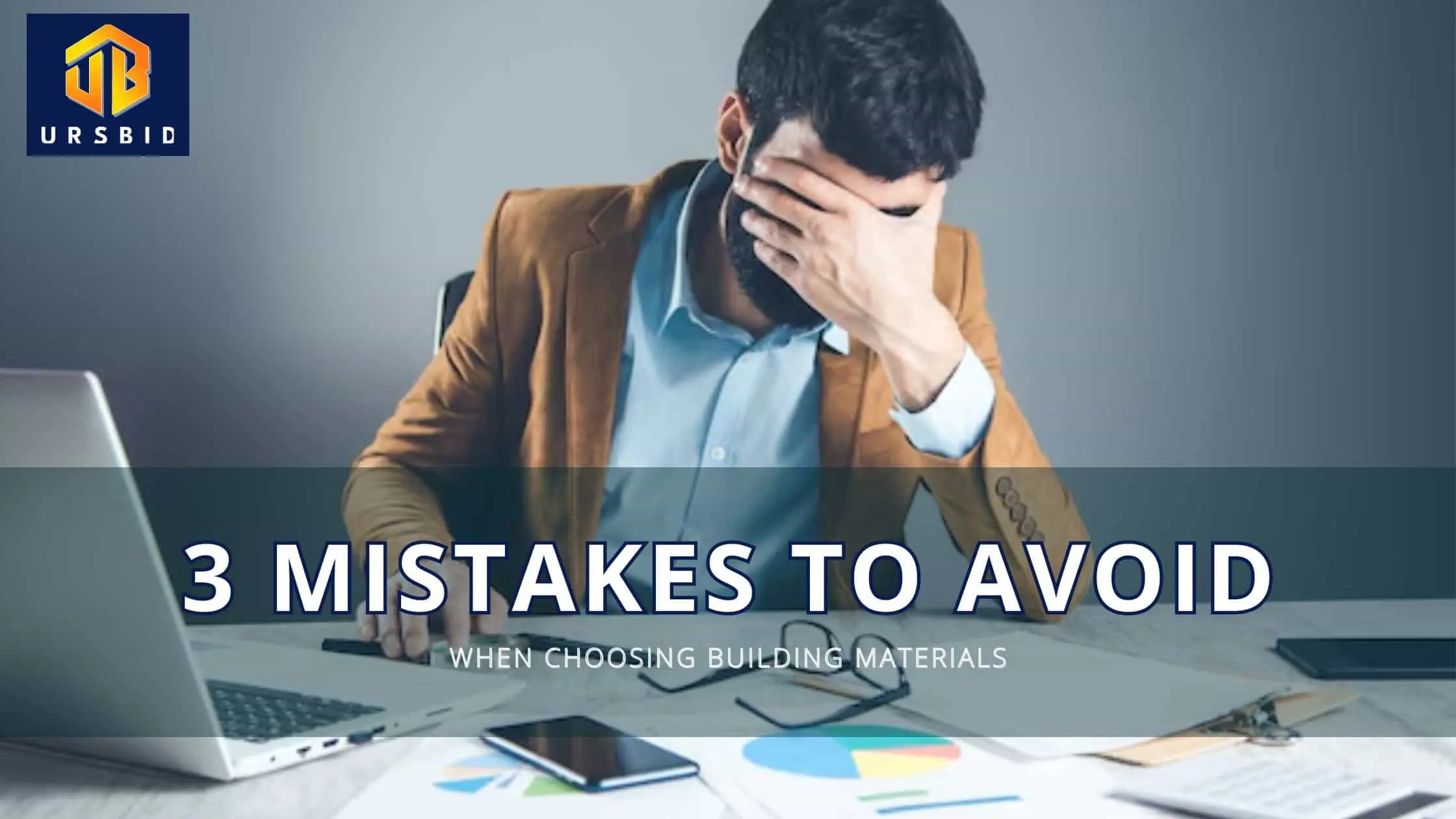Diwali is more than just a festival of lights; it’s a time of renewal, joy, and fresh beginnings. Across India, families declutter, redecorate, and give their homes a makeover to welcome prosperity and positivity. One of the biggest questions that arises during this festive season is:
👉 Should you paint your walls or go for wallpaper?
Both paints and wallpapers have their own charm, benefits, and drawbacks. The choice depends on your budget, style preferences, and long-term plans. In this blog, we’ll explore the benefits of paints and wallpaper, key differences, and how to make the right decision for your home this Diwali.
We’ll also discuss how platforms like URSBID make it easier to hire contractors for paint services and connect with suppliers for wallpapers at the best deals.
Diwali The Festival of Makeovers
Diwali is the perfect excuse to transform your living space. After all, when friends and family visit, a freshly done-up home reflects your personality and taste. The right wall finish doesn’t just beautify your space — it sets the mood and enhances the overall décor.
But here’s the tricky part: paint vs wallpaper is not a one-size-fits-all answer. Both have strengths depending on what you want:
-
Do you want a cost-effective, long-lasting solution?
-
Or are you looking for quick aesthetics with endless patterns?
Let’s break this down.
Benefits of Paints
Painting is the most traditional and widely used method for wall finishes in India. Here are the key benefits of opting for paints this Diwali:
-
Budget-Friendly – Paints are generally cheaper than wallpapers, especially when covering large spaces.
-
Durability – High-quality paints can last up to 5–7 years with minimal touch-ups.
-
Variety in Finish – From matte to glossy to textured finishes, paints offer plenty of choices.
-
Easy Maintenance – Stains and marks can often be cleaned or painted over without much hassle.
-
Customization – You can play with accent walls, stencils, and creative patterns at lower costs.
If your goal is a long-term, cost-effective option, painting is often the winner.
Benefits of Wallpaper
Wallpapers have become increasingly popular in urban homes, thanks to their luxurious appeal and unique designs. Let’s look at their advantages:
-
Instant Transformation – Wallpapers add drama and depth to walls within hours.
-
Wide Design Options – From floral to geometric to 3D textures, wallpapers offer unlimited creativity.
-
Durability – Good-quality wallpaper can last up to 10–12 years if well-maintained.
-
Premium Look – Wallpapers instantly make a room look stylish and high-end.
-
Quick Installation – Unlike paint (which requires drying time), wallpapers can be applied and enjoyed immediately.
For those who want to make a bold style statement this Diwali, wallpapers are a game-changer.
Paint vs Wallpaper: A Quick Comparison Table
|
Feature |
Paint |
Wallpaper |
|
Cost |
Cheaper, especially for large walls |
More expensive per sq. ft. |
|
Durability |
5–7 years with touch-ups |
10–12 years with proper care |
|
Maintenance |
Easy to repaint or clean |
Can peel in humid conditions |
|
Variety |
Different finishes & textures |
Endless designs, patterns, 3D looks |
|
Installation |
Requires drying time |
Instant makeover, quick application |
|
Best For |
Long-term, budget-friendly projects |
Quick transformation, luxury homes |
Mistakes People Make While Choosing Between Paint and Wallpaper
-
Not Considering the Climate – Wallpapers don’t perform well in humid or damp conditions (like bathrooms or coastal cities). Paints are more versatile.
-
Ignoring the Budget – Many homeowners underestimate wallpaper costs and overshoot their Diwali budget.
-
DIY Gone Wrong – Both painting and wallpapering need skilled professionals. Hiring experts ensures better results.
-
Not Thinking Long-Term – If you plan frequent makeovers, wallpaper may be too expensive; paint is more flexible.
When to Choose Paint or Wallpaper?
Paint |
Wallpaper |
|
|
|
|
|
|
|
|
The Hybrid Approach: Why Not Both?
One emerging trend is combining paints and wallpapers. For example:
-
Use wallpaper on a feature wall (like behind the sofa or bed).
-
Use paint for the remaining walls to balance cost and durability.
This mix gives you the best of both worlds — creativity and practicality.
Hire Contractor for Paint Services This Diwali
Whether you go for paints or wallpapers, professional application is key. Uneven coats, peeling wallpaper, or improper surface prep can ruin the entire look.
That’s where platforms like URSBID make life easy:
-
You can hire contractors for paint services with verified experience.
-
Connect with trusted wallpaper suppliers.
-
Compare multiple quotations to stay within your Diwali budget.
-
Enjoy peace of mind knowing your home makeover is in safe hands.
Tips for a Perfect Diwali Wall Makeover
-
Plan Early – Don’t leave painting or wallpapering for the last week before Diwali.
-
Check Material Quality – Always buy branded paints or high-grade wallpapers.
-
Think About Lighting – Bold wallpapers look stunning in well-lit areas, while paints can brighten up darker rooms.
-
Budget Smartly – Mix paints and wallpapers to balance aesthetics and cost.
-
Hire Experts – A skilled professional will save you time, waste, and future headaches.
Benefits of Paints and Wallpaper – Recap
To sum up:
-
Paints: Affordable, versatile, and easy to maintain.
-
Wallpapers: Stylish, luxurious, and long-lasting.
Both have their place in modern Indian homes, especially during festive renovations. The choice depends on your priorities: budget, design, or durability.
Final Thoughts
This Diwali, give your walls the love they deserve. Whether you go for the timeless elegance of paint or the bold beauty of wallpaper, make sure your decision reflects your style and needs.
Remember, walls are not just boundaries — they’re the canvas of your home’s story. And with platforms like URSBID, finding the right supplier or hiring a trusted contractor has never been easier.
So, what will it be this Diwali — paint, wallpaper, or a mix of both? Whatever you choose, let your home sparkle as brightly as the festival of lights itself.




